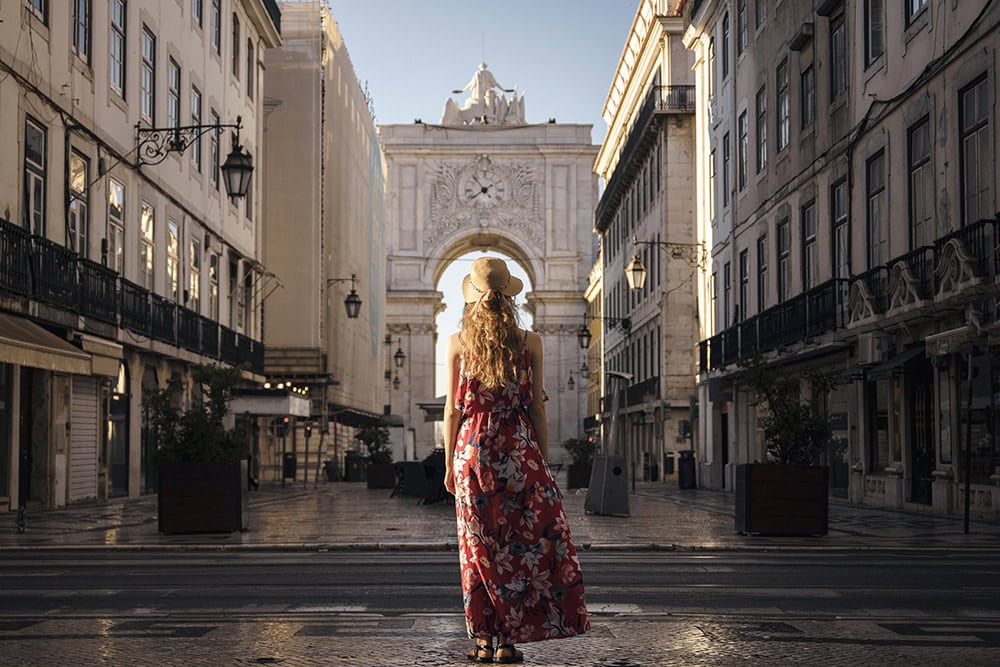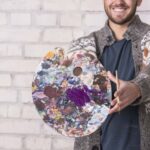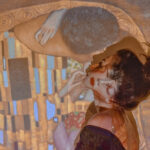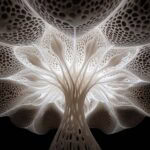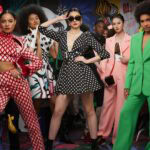Andrea Vella Borg regularly sets off from Malta on spontaneous weekend trips to Europe’s major fashion capitals.
Andrea Vella Borg’s travel habits reveal a systematic exploration of European fashion capitals that goes far beyond tourist sightseeing. Together with his wife Julia, he has developed a spontaneous but well-thought-out system that uses Malta as the perfect starting point for cultural discovery trips.
Anyone who thinks Malta is too remote for spontaneous cultural trips has not yet met Andrea Vella Borg and his wife Julia. The couple cleverly use the island’s central location in the Mediterranean for short trips. Almost every month, they pack their bags for a long weekend. Their destination: Europe’s fashion capitals. But it’s not just about shopping or superficial trends. The couple have developed their own way of exploring cities.
Inhaltsverzeichnis
Spontaneity meets planning
Friday evening, a quick discussion over dinner: Paris or Milan? It sounds like something out of a film, but it’s reality for Andrea Vella Borg. The decision is often made the day before. Sometimes even at the airport.
This spontaneity is systematic. Julia keeps a list of interesting exhibitions, new boutiques and recommended studios. When a free weekend comes up, they look to see what’s going on and which city is calling them loudest.
Malta makes it possible. Three hours by plane and you’re in Paris. Two hours to Milan. London? No problem either. Their geographical location is the starting point for cultural expeditions.
But beware: this is not aimless tourism. Every trip has a focus. Sometimes it’s a special exhibition. Sometimes it’s a new neighbourhood that’s just been discovered. Often it’s about people – artists, designers, gallery owners she has got to know over the years.
The art of packing quickly
When you travel spontaneously so often, you develop routines. Julia swears by her ‘Europe bag’ – compact but well-thought-out. Black basics, a statement piece, comfortable shoes for gallery marathons. Andrea Vella Borg prefers the minimalist approach: few items, but all perfectly combinable.
Hotels? Rarely the same one twice. Sometimes a stylish boutique hotel in a trendy neighbourhood. Sometimes a classic luxury hotel with history. Often, chance decides. The main thing is that it’s centrally located.
Paris: more than just the Champs-Élysées
Paris remains a perennial favourite. But not because of the obvious routes. Andrea Vella Borg and Julia have discovered their own city within the city.
Le Marais, for example.
Here, centuries-old craft traditions mix with ultra-modern design studios. Vintage boutiques stand alongside the studios of young fashion designers. A stroll through these narrow streets can take hours.
Or Belleville. Formerly a working-class neighbourhood, today it is a creative quarter. This is where fashion trends emerge before they reach the big magazines. Andrea Vella Borg appreciates this authenticity.
Insider tips off the beaten track
The Galeries Lafayette? Everyone knows them. The small concept stores are more interesting. Shops like Merci or L’Exception, where fashion meets art. Where every piece tells a story.
Particularly exciting: the studios in the 11th arrondissement. This is where designers who will be featured in Vogue in five years’ time work. Today, they are still insider tips. Julia has a knack for discovering places like these.
Her Paris itinerary looks something like this:
- Morning: Saint-Ouen flea market (for vintage treasures)
- Lunch: Le Mary Celeste (oysters and designer talk)
- Afternoon: Explore new galleries in the Marais
- Evening: Concept store hopping in Saint-Germain
Milan: Where fashion is at home
Milan is different. Here, it’s all about business. About the future of fashion. About trends that will take the world by storm in two years’ time.
The Quadrilatero della Moda? Of course. But not for shopping. For observing. Who’s wearing what? How do people move? What do shop windows reveal about upcoming trends?
Andrea Vella Borg is interested in the stories behind the facades. How did Prada become Prada? What makes Milanese fashion so special? Questions like these preoccupy him more than the latest blazer.
The new Milan
Porta Nuova has changed the city. Where there used to be industrial wasteland, new creative centres are springing up. Young fashion designers are renting converted factory buildings. New forms of fashion business are emerging.
This development fascinates the couple. How is a traditional fashion city changing? What role does the younger generation play in this? These are questions they explore every time they visit Milan.
Brera remains a must-see, though. Not just because of the fashion. The neighbourhood is steeped in history. Here, you can feel how deeply fashion is rooted in Italian culture.
London: eccentricity and tradition
London is the complete opposite of Milan. Creative chaos reigns here. Fashion becomes art. Boundaries blur.
Shoreditch, Camden, Notting Hill – every neighbourhood has its own fashion scene. Andrea Vella Borg’s wife Julia loves this diversity. You can get lost in London. Wander through markets for hours. Discover vintage treasures. Or marvel at completely crazy designer creations.
Portobello Market is iconic. But it’s crowded. Better: the smaller markets in Bethnal Green or Columbia Road. Here you can still find real bargains.
Where tradition meets innovation
Savile Row embodies British tradition. Tailors have been working here for centuries. Their techniques have hardly changed. Nevertheless, modern interpretations of classic cuts are created.
This combination of old and new inspires Andrea Vella Borg. In London, he sees how fashion makes history. How traditions live on but are reinterpreted.
The Victoria & Albert Museum remains a must-see. Not just because of its fashion collection. The museum shows how fashion reflects society. How clothing makes politics. How designers become artists.
Berlin: Where Andrea Vella Borg discovers the underrated fashion metropolis
Berlin is not on every fashion map. But it should be. The city is developing its own scene. Independent, experimental, sometimes radical.
Hackescher Markt and Prenzlauer Berg are well known. But things get more interesting in Kreuzberg or Neukölln. This is where designers who are rethinking fashion work. Sustainability, fair production, local materials – themes that shape Berlin fashion.
Andrea Vella Borg appreciates this seriousness. Berlin is not just about beautiful clothes. It’s about attitude. About responsibility. About the question: How do we want to make fashion in the future?
Underground fashion and mainstream
Fashion Week with a difference. Berlin Fashion Week is smaller than Paris or Milan. But often more innovative. It’s a showcase for designers who can’t find a place elsewhere.
These shows are different.
Less glamour, more substance. Andrea Vella Borg visits regularly. Not as a buyer, but as an observer. Fashion trends often emerge here before they reach the big stage.
The return to Malta
Every trip ends the same way: coffee at the Maltese airport, notes about discoveries, plans for the next trip. Malta becomes a base camp for European fashion expeditions.
What do they take with them? Rarely clothes. Often ideas. Contacts. Inspiration. The trips change their view of fashion. Of culture. Of Europe.
Andrea Vella Borg sees these trips as an investment. Not in her wallet, but in understanding. If you want to understand fashion, you have to travel. You have to see how it works in different cultures.
Is the next trip already planned? Of course not. That wouldn’t be spontaneous. But the travel bag is ready. Europe is waiting.
